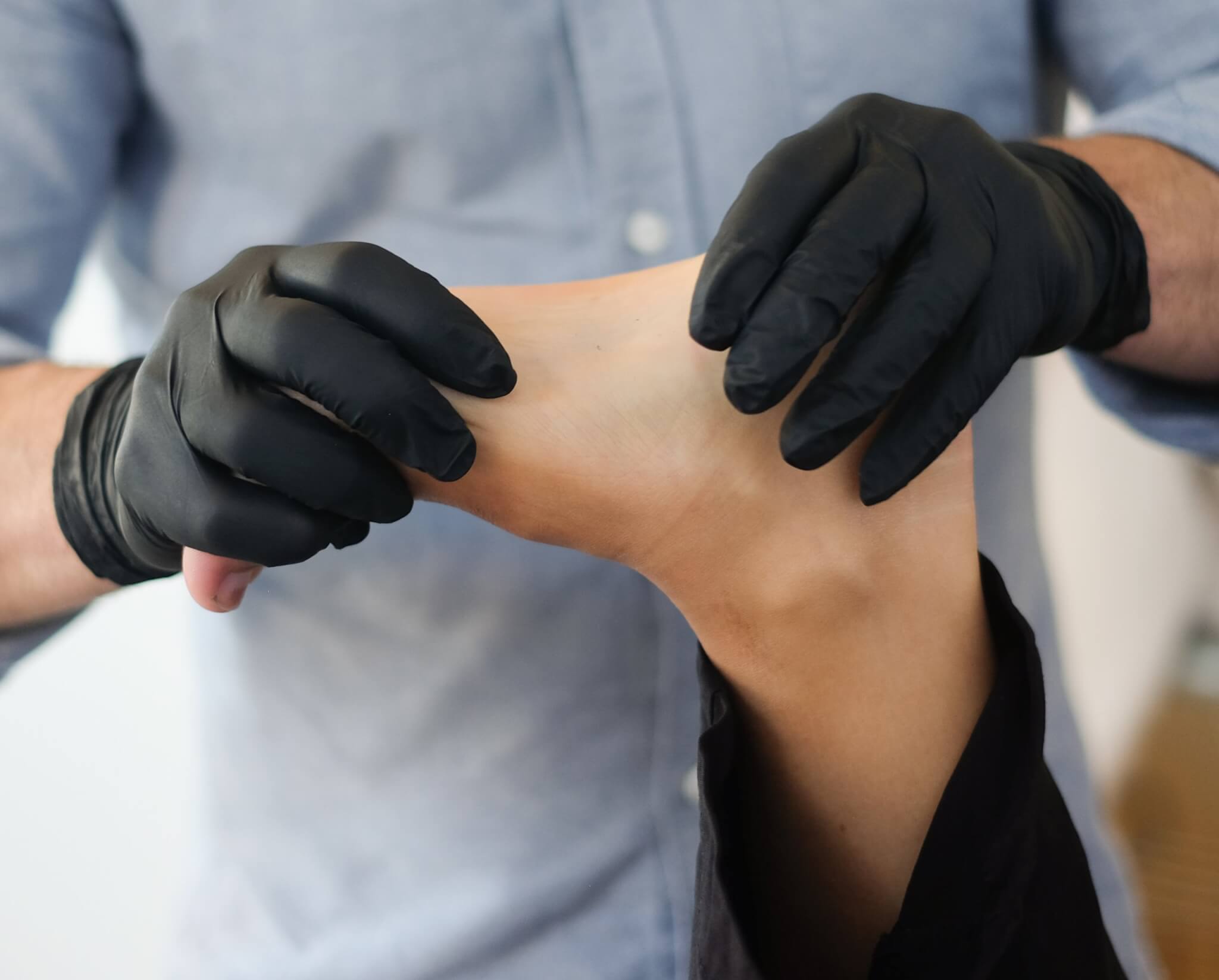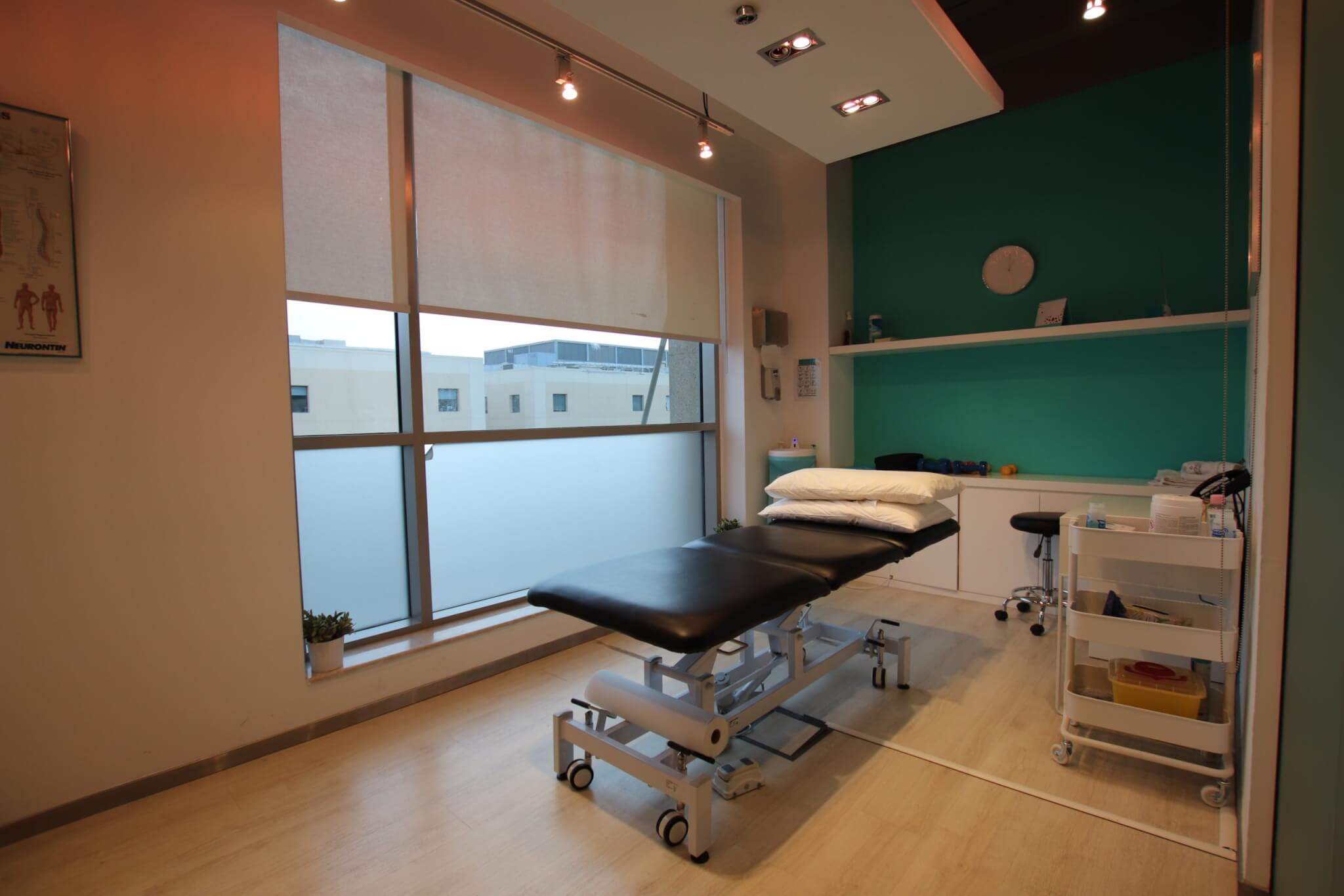Dermaplaning is a cosmetic procedure carried out by Jing Ye, who originally qualified as a medical doctor in China. Over the past 30 years, she has developed her interests in acupuncture for health and cosmetic reasons, and now offers a range of cosmetic treatments.
Dermaplaning is one service she offers to remove both the fine vellus hair and the top layer of dead skin cells to provide a rejuvenated appearance.
Who would benefit from dermaplaning?
All skin types can benefit from dermaplaning, including Global skin types IV-VI.
The structure of the skin causes darker skin tones to sag with age, rather than wrinkle. Dermaplaning removes these extra layers of skin, can help correct pigmentation concerns and can provide a more youthful and healthy glow.
Clients aged 35 and over represent the best candidates.
Men can receive dermaplaning on non-beard areas only, but microneedling might be more appropriate, which can be discussed in the assessment.
How does dermaplaning work?
Dermaplaning is extremely safe when performed by a trained aesthetician utilising the correct tools and techniques. The treatment is more superficial than microneedling.
The superficial surface of the skin is planed (a scraping technique) to remove skin cells, vellus hairs and coarse hairs, resulting in clean, smoother skin.
What does dermaplaning treatment involve?
The technique uses a specialised sterile surgical instrument that the technician holds, with taut skin, and gently scrapes the surface.
Treatment removes the very fine ‘vellus’ hair that covers the body and also coarse hair in other areas.
Once the vellus hair is removed, it will not grow back thicker – this is physiologically impossible.
The fine hairs come back in approximately 4 weeks.
Treatment also scrapes the superficial layer of the epidermis.
What areas can be treated?
Jing can use dermaplaning on the full face, under the chin and sides of the neck.
Dermaplaning is not used on the back, or other areas of coarse hair.
How often should I have dermaplaning?
Dermaplaning can be performed every 4-6 weeks, with treatment usually removing about 2 to 3 weeks’ worth of dead skin cells.
The therapist usually recommends you allow the normal skin cycle to complete before repeating treatment.
Who is not suitable for dermaplaning?
There are only a few medical problems which may mean dermaplaning should not be carried out, such as active acne, active cold sores, poorly controlled diabetes and bleeding disorders, to name a few.
As with all cosmetic procedures, we it is essential to first be assessed, so that we know it is safe to proceed with treatment.
Is there any downtime after dermaplaning?
No. The skin will usually appear more red, as would a mild sunburn, which settles over a day or two. The skin instantly has a healthier glow and feels amazingly soft, and after a short period to allow the skin to normalise, you will find makeup glides on effortlessly for a flawless finish. One of the major advantages of dermaplaning is the lack of any downtime necessary following the procedure. This can prove essential before an important social event.
How do I start the dermaplaning process?
Simpy book an assessment with Jing, who will assess your suitability for dermaplaning. She can assess the areas of concern, and you can talk about what you would like to achieve.
It’s really important that you proceed to treatment with a good understanding of what Jing feels is realistically achievable.
If you are suitable, you can go through the consent form and aftercare leaflet so that you know to manage your skin after the procedure.
The assessment is approximately 15 minutes and is just £25. If you decide to proceed with the procedure, we can redeem this assessment fee against the cost of your treatment.
The dermaplaning appointment usually takes one hour, though we recommend allowing up to 90 minutes for your first appointment.
FAQ 1
Lorem ipsum dolor sit amet. Quo quia debitis et porro sunt qui minima repellat sit pariatur veniam. Non expedita modi et magni quasi ad expedita aperiam. 33 deserunt voluptatem ea facilis illum quo ullam labore et maiores fugit sed eligendi ipsam et dolore consequatur ut quas nihil.
Sit velit magnam ut aspernatur magnam qui dignissimos quasi ut facilis voluptatem ex tenetur sapiente aut corporis velit sit dignissimos sunt. Id quae provident sed ratione distinctio et pariatur fuga. A culpa quas est corrupti omnis non vero debitis?
FAQ 2
Lorem ipsum dolor sit amet. Quo quia debitis et porro sunt qui minima repellat sit pariatur veniam. Non expedita modi et magni quasi ad expedita aperiam. 33 deserunt voluptatem ea facilis illum quo ullam labore et maiores fugit sed eligendi ipsam et dolore consequatur ut quas nihil.
Sit velit magnam ut aspernatur magnam qui dignissimos quasi ut facilis voluptatem ex tenetur sapiente aut corporis velit sit dignissimos sunt. Id quae provident sed ratione distinctio et pariatur fuga. A culpa quas est corrupti omnis non vero debitis?
FAQ 3
Lorem ipsum dolor sit amet. Quo quia debitis et porro sunt qui minima repellat sit pariatur veniam. Non expedita modi et magni quasi ad expedita aperiam. 33 deserunt voluptatem ea facilis illum quo ullam labore et maiores fugit sed eligendi ipsam et dolore consequatur ut quas nihil.
Sit velit magnam ut aspernatur magnam qui dignissimos quasi ut facilis voluptatem ex tenetur sapiente aut corporis velit sit dignissimos sunt. Id quae provident sed ratione distinctio et pariatur fuga. A culpa quas est corrupti omnis non vero debitis?



